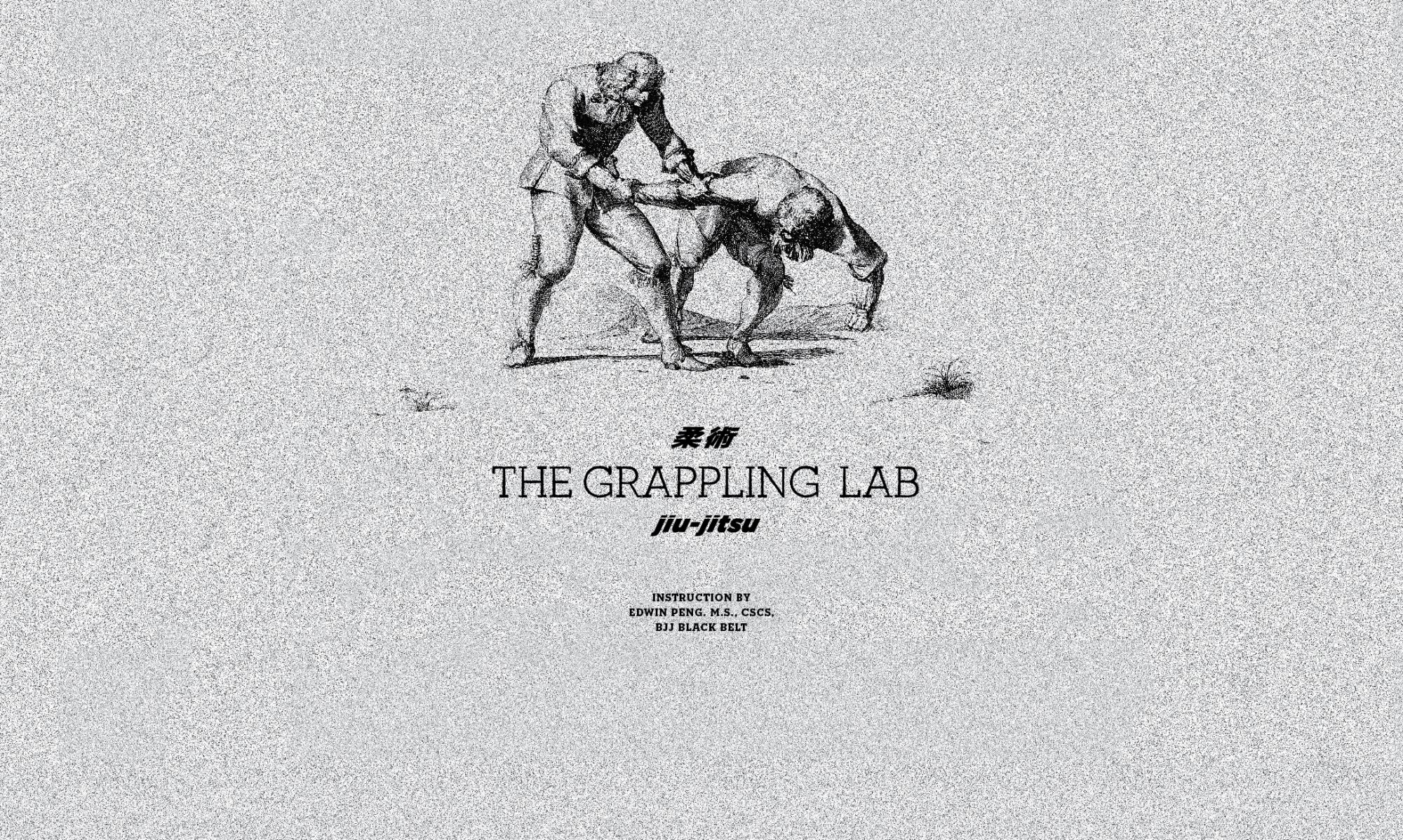How Anthropometry dictates specialization
Although most humans have the same basic shape, the variations of measurements such as mass, length, and girth for each body segment of both competitors will dictate the most effective techniques that can be used. For example, long and lanky individuals will be more likely to achieve submissions such as triangles and play open guards such as dela riva or spider guard (Ryan Hall, Keenan Cornelius). Short stocky individuals will find more success in closer positions such as butterfly and will be able to succeed with submissions such as armbars due to the ability to get closer to their opponents (Marcelo Garcia, Gary Tonin). More flexible individuals may find success in Eddie Bravo’s 10th planet system which requires pretzel levels of flexibility. It is up to both the instructor and students to figure out which game works best for the individual.
What is form and why should you care?
There is no platonic ideal for good form. Good form is simply the performance of a movement in which the action goal is accomplished with minimal energy expenditure and strain placed on the body. That is not to say that energy expenditure and strain should be avoided, but that there will always be an optimal amount to be endured. Performing a hip-bump to escape a heavier opponent’s mount will involve great effort, energy expenditure, and will stress and strain the body, however by using the optimal amount of effort, one can accomplish the task while minimizing energy expenditure and strain placed on the body.
It is imperative for a long-lasting BJJ career that proper form is maintained during rolls. While maintaining good form may be difficult and prevent a student from being dominant at first, it will pay off as training time increases. It is important to note that many practitioners will utilize bad form but still have success in spite of bad mechanics due to compensation by using more energy and more muscular effort. This compensation combined with bad form will lead to injuries over time. It is also important to note that there is not a singular correct way to accomplish a task, but many correct ways. One of the primary jobs for a coach is to help students figure out the optimal way to adapt a movement that is suitable for their anthropometry while reducing risks of injury. It must be acknowledged that there is no one correct way to perform a movement.
It is also true that certain high-level competitors will purposely choose to use dangerous biomechanical positions in order to achieve certain maneuvers. However, this should not encourage you to teach the same positions as this would be dangerous for your student’s longevity. Many high-level competitors end up with chronic pain due to abusing their bodies throughout their competitive careers. Rickson Gracie, known to many as one of the greatest BJJ athletes has eight herniated discs. Ricardo Liborio, the founder of American Top Team, has seven herniated discs. Rodolfo Vieira, one of the top competitors of the current era, had to take a sabbatical from competition and training due to a herniated disc. Bodily sacrifices must be made at the highest levels of competition, however, during training form should be focused on and pain should not be endured in order to “win”. Most students are training in order to improve their quality of life, and should train in a way to decrease their risk of injury.
What is good form?
In general, good form requires a strong posture, keeping a strong rigid core and a braced spine. Muscles of the core from the glutes, hips, abdominals, and back extensors must be continually active to prevent the collapse of the postural structure. You must keep an erect spine in order to prevent stooping or hunched posture. Stooped and hunched posture require greater muscular effort to sustain and place more load on the spinal discs (Nordin and Frankel, 2001). Strong posture must be maintained during all positions. While attempting standing guard passes the practitioner should keep their spine braced, otherwise their position will be broken down by the bottom player. While in an offensive side-mount, a strong posture will allow the practitioner to efficiently transfer the force from driving off the ground.
It should be noted that posture can fatigue. During drilling of certain positions such as spider guard, the rounds should be kept short in order to prevent the collapse of posture during training in order to reduce injury risks. Exercises should also be introduced to training in order to develop postural endurance – such exercises will be introduced in the strength and conditioning chapter.
Continue reading about Biomechanics in BJJ Biomechanics Part 3


One Reply to “Biomechanics of BJJ 2: Anthropometry and Form”
Comments are closed.